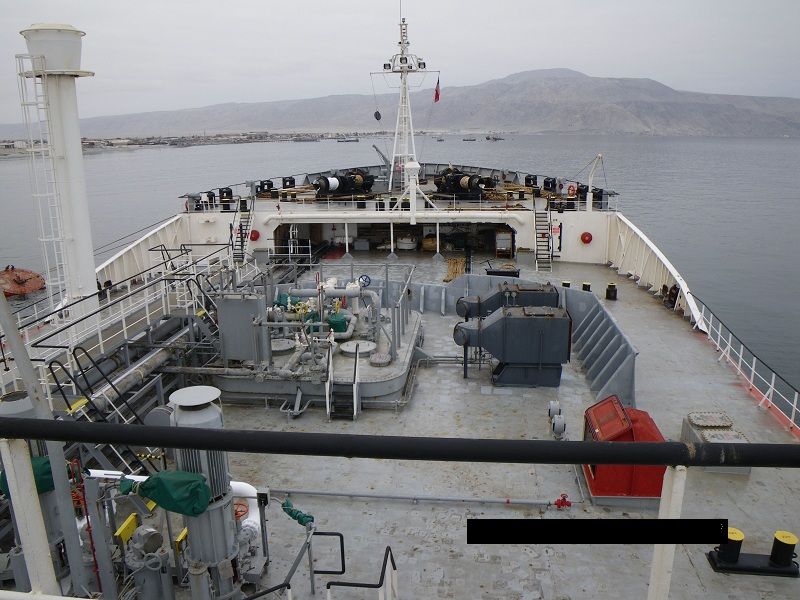Quote:
Chatting to a dockyard matey the other day. he tells me that crew-applied paint is frequently a problem
That is true Rob, despite the fact that I'm sort of responsible for such jobs I admit it's not being done properly. All too often the cleaning is not done properly, which often means salt remains on the part of deck to be painted. This salt attracts water through the paint, and this causes bladdering of the paint as well as rust. Very often, although not so much on warships, painting on big ships is done as a touch-up job. It's too expensive to give full deck paint jobs (both in time and paint). This touch up is often tricky, you have to prepare the surface properly, which isn't that easy, but also you need the right conditions to do the job. So there shouldn't be any spray on deck, no rain, not too much humidity etc. These conditions, if they are met at all, often don't stay stable too long, so part of the job might be good, but most likely some spots will have to be done in worse conditions. These spots then very rapidly come back.
Another big disadvantage of these touch-up jobs, mainly on deck, is that they create a "pit" in your deck. These pits, scattered around the deck, gather water, this water (of course!) creates more corrosion. So you'll have to chip that spot again, creating an even deeper pit. It's advisable to make a regular large spot paint job, but that's not always suitable for the budget or time.
Here is a pic of the deck of one of our (ex-)ships. Note the light grey rectangles on the deck towards forward. The typical rectangle shape is created by the use of a roller for painting (spray painting as done in the yard, is not really done much at sea, another disadvantage)
Also not the smaller darker spots on the lower part of the pic on the deck. That is dirt that was cleaned off, but it collects in the "pits" (= previously chipped parts) after washing.




